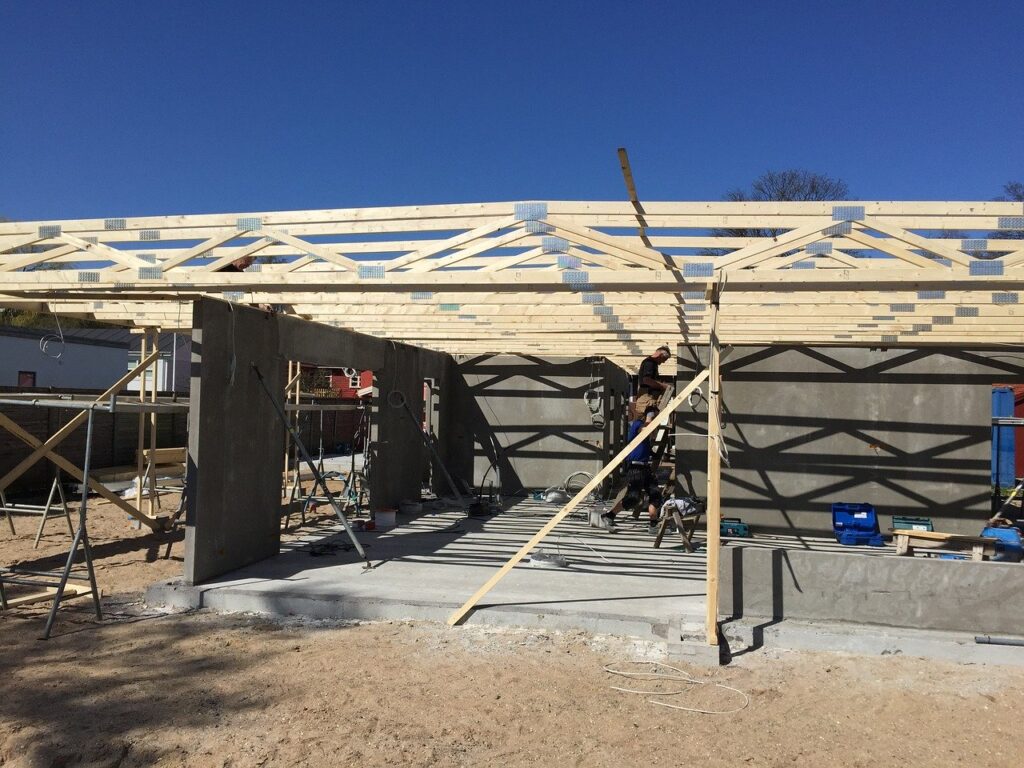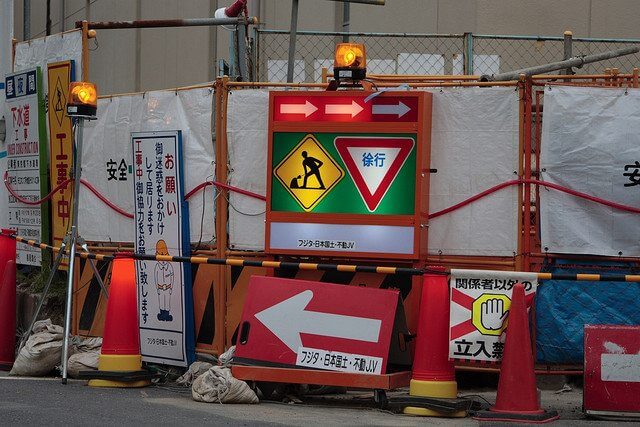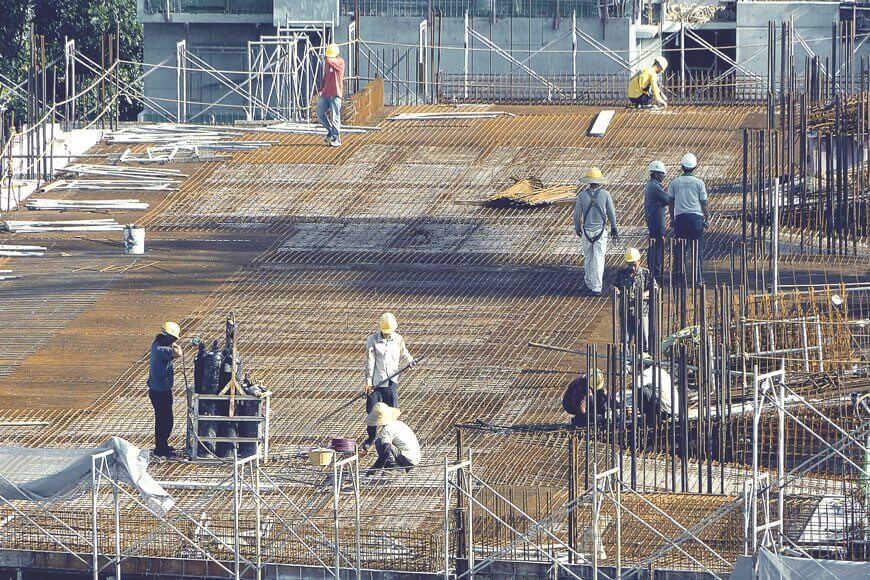In the field of construction, rafters are a series of sloped structural pieces that will extend from a ridge area to the plate of a wall or an eave. They are used to support the load of the building, especially the roof area.
While a rafter is a rafter, depending on the building, the shape, and the material used, you may hear them called by different names. Here are some of the different rafters that you may hear:
- Principal Rafter – The principal rafter is always going to be one of the larger rafters and they always get placed on a tie beam. There are times when you will hear the top portion of a truss called a principal rafter, because that is what it looks like.
- Common Rafter – This type of rafter is slightly smaller than a principal rafter, but it is still quite important. While you will see these rafters on their own, it is also normal to see them combined with a principal rafter. You may also hear these rafters referred to as minor rafters, or in the case where both are combined, they can be called major/minor or primary/secondary.
- Curb Rafter – This type of rafter will be found in a curb roof.
- Auxiliary Rafter – An auxiliary rafter is considered a secondary rafter and it supports the principal that is located above it. This type of rafter is rare, but you will also hear it called cushon, compound, or sub rafter.
- Compass Rafter – A compass rafter is curved or bowed at the top or on both the top and the bottom.
- Hip Rafter – Hip roofs require hip rafters and the foot of this rafter will be located on a dragon beam.
- Intermediate Rafter – These rafters are rarely seen, but they will be located in between principal or common rafters to strengthen a specific part of the roof.
- Jack Rafter – This rafter is used when there is a dormer in the way or by a shorter landing area.
- Barge Rafter – A barge rafter is used if you want to form a roof overhang and it is the outermost rafter at the end of a gable.
There are many pros to having rafters inside a building, but as with everything else, there are cons as well. Thankfully, the pros outweigh the cons, which is why so many people choose to have rafters installed.
When a person chooses rafters for their construction project, they are guaranteeing that they will have more room in their attic. This is excellent for those who want to use this space for more than storage. The rafters will allow an owner to create an extra room in the attic, whether it is a home office, bedroom, work out room, playroom, or simply a large empty space that can be used for multiple things.
Rafters will also allow people to choose different ceiling options, because there is enough attic space available. This means that homeowners that must have cathedral style ceilings can have them, as can those who want vaulted ceilings. The extra structures for these ceilings will easily fit up in the attic and there will still be plenty of space for an extra room.
Everyone is trying to be more energy efficient nowadays, which is why more people are choosing to insulate their attics. When a person installs rafters, they will have no problems at all installing insulation up in the attic. It will also be possible for them to install a radiant barrier or anything else that they think will assist them in saving energy. The installation process is very straightforward and takes less time than it would if a person had something other than rafters up in their attic.
While rafters are excellent at supporting buildings, they do take quite some time to construct. For this reason, some contractors are beginning to use trusses, because they can be constructed off-site and put in place in no time at all.
However, since contractors do not need to wait for rafters to be finished before adding them to a building, they can start their work much sooner. That means that there will not be any downtime, as the contractors wait for trusses to be finished and shipped to the construction site. Instead, they can gather their supplies and begin to build and put the rafters in place.
As mentioned above, it does take time to construct these rafters, which is one of the cons to using them for buildings. It also costs more to make them, mostly because of all the on-site time that is required. It is also necessary for those constructing the rafters to be skilled employees that have been trained at how to build them properly. After all, one minor mistake can cause major issues later one.
Those who construct the roof rafters will need to know quite a bit of information before they even start the construction process. First, they will need to know the pitch of the roof. They will also need to know the span of the roof, the plumb cut, and the heel or seat cut.
The roof pitch refers to the angle, or the slope, of the roof. To get this measurement, a builder will need to measure the number of inches that the roof rises vertically for every foot that it raises horizontally. The span of the roof is the width that is measured between the outside surface of all the exterior walls.
The spot where the rafter contacts the ridge board is considered the plumb cut, while the cut at the bottom where the rafter sits on top of the exterior wall is called the heel or seat cut.
There are many different ways to construct the roof rafters, as every professional seems to have their own way. However, they all get the end result of sturdy roof rafters that will hold up a building’s roof and the rest of the building.
Those who cannot decide whether they want rafters or trusses for their building will want to consider the pros and cons mentioned above for the rafters. The trusses also have pros and cons, and while some of the pros will fix the cons of the rafters, the cons of the trusses may also remove the pros that they would receive from installing rafters.
This is not an easy decision for many people to make, but as long as everyone knows the differences, they can make an informed decision that will work best for their needs.




